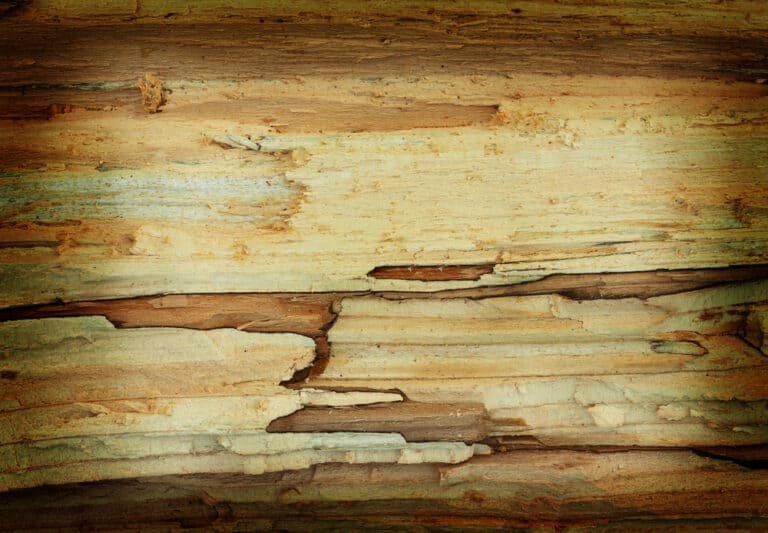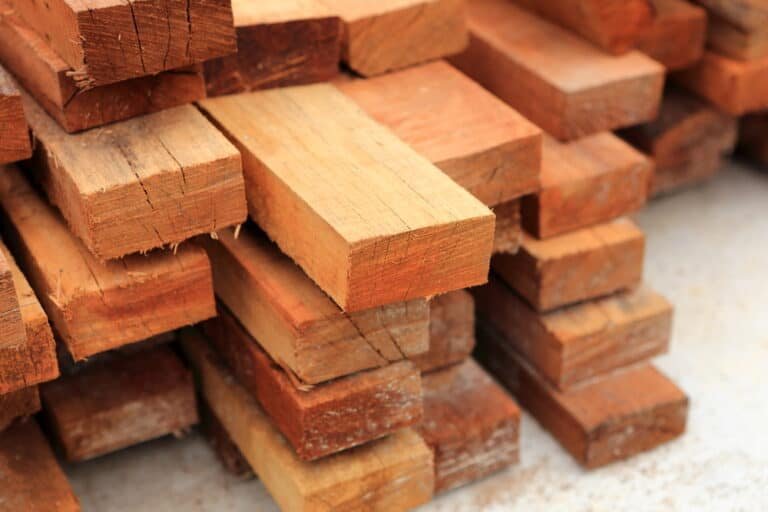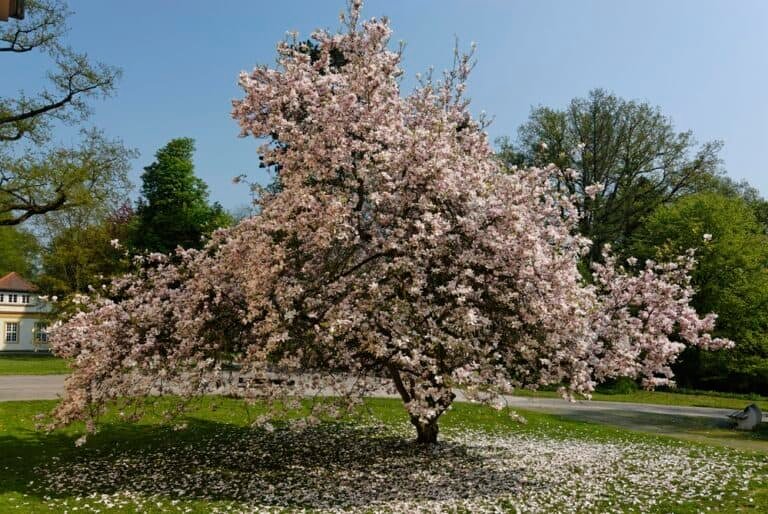One of the most popular wood choices for carving is maple wood. The question is, is maple good for carving?
Maple is good for carving. It has a straight grain with a fine texture meaning it is easy to shape, less likely to split and allows for a smooth finish. However, maple wood is hard and dense so can be challenging for beginners. With the right skill set and tools, maple wood can be used to create beautiful-looking carvings.
Pros of Carving with Maple Wood:
- Fine Texture: Maple’s fine grain allows for a smooth finish, which is particularly good for detailed work.
- Durability: Maple is a hardwood, which means it’s durable and can withstand the test of time, making it ideal for items that require longevity.
- Uniform Appearance: The straight grain and fine texture give maple a uniform appearance, which is aesthetically pleasing and preferred for high-quality projects.
- Versatility: Maple can be used for a wide range of carving projects, from intricate detailed work to larger sculptural pieces.
- Stainability: Maple wood takes stains and finishes well, allowing for a variety of color options and finishes depending on the desired aesthetic.
- Availability: Maple is widely available in North America, making it a convenient option for carvers in that region.
Cons of Carving with Maple Wood:
- Hardness: While its hardness is a benefit in terms of durability, it can also be a drawback because it makes maple more challenging to carve than softer woods.
- Blunting Effect: The density of maple can cause a blunting effect on tools, requiring more frequent sharpening.
- Burning Tendency: When using power tools, maple wood has a tendency to burn if the tools are not kept sharp or if they are used at high speeds.
- Sensitivity to Temperature and Humidity: Maple can be sensitive to changes in temperature and humidity, which may cause it to expand or contract, potentially affecting the integrity of the carving.
- Cost: Depending on the type of maple and where you are in the world, it can be more expensive than other carving woods.
- Grain Variation: While generally straight-grained, certain types of maple, like curly or quilted maple, have grain that can be difficult to work with, potentially complicating the carving process.
Is Maple Good for Carving?

Maple wood can be good for carving because of the following reasons:
Beautiful Appearance
Maple wood features beautiful grains that stain well. This gives your work an effortlessly natural-looking and defined wood look.
It also has a wide range of color varieties. These include:
- Chromatic grays
- Neutral beiges
- Reds
- Browns
With many color options available, you can use this material for a wide range of wood carving projects. It also goes well with any stain color of your choice.
Durable
One of the main reasons maple wood is popular is because it’s durable and long-lasting. It has natural resistance against outdoor elements such as moisture and pests.
Furthermore, maple wood does not easily dent. If you clean and maintain them properly, maple wood carvings can last for decades, looking pristine and beautiful.
Safe
If you plan to use maple wood to carve spoons and kitchen utensils, you’ll be glad to know that it’s non-toxic and food safe. In fact, many baby toys nowadays are made with maple wood because it does not contain harmful chemicals.
In addition, working with maple wood won’t cause respiratory problems or skin irritation like some other types of wood can. This means that you can work on it with bare hands and not worry about any health issues.
Cost Effective
Maple wood is an inexpensive material. This is quite surprising since the majority of hardwoods are expensive.
This wood is also readily available. You’ll find it in different sizes and shapes at most local wood shops.
Sustainable
Maple is a sustainable type of wood because it effectively captures atmospheric carbon dioxide. Maple that is turned into furniture and used for carving will continue to pull carbon dioxide out of the atmosphere.
Furthermore, maple wood is a sustainable type of wood because the waste can be burned to create energy to replace fossil fuels. Plus, there’s no shortage of maple wood, so its harvest will not harm the biodiversity of forests.
Easy to Maintain
Maple wood is very easy to maintain. You must wash it like other spoons, forks, or plates when carved into kitchen utensils and coated with a food-safe sealant.
It does not require special maintenance. Just wipe off dust and dirt from time to time, and it will look pristine for an extended period.
In addition, maple wood is also dust resistant. Its surface will not accumulate dust when sanded well because it will not stick stubbornly.
Related: Carving with Sycamore
Is Carving Maple Wood Hard?
There are two types of maple wood; soft maple and hard maple. Soft maple has a 950 lbf hardness rating, while hard maple has a 1,450 lbf rating.
Hard maple wood is significantly tougher than soft maple wood, which is why it’s highly discouraged to hand carve these types of wood. If you do so, you might injure yourself or waste your time because you can not achieve the desired results.
To carve hard maple wood, you’ll need wood carving tools such as:
- Spoon knife
- Gouge Chisel
- Hook knife
- Whittling Knife
Take note that all these tools are sharp. Ensure you are confident enough to use them safely to avoid serious body injuries.
Related: How difficult is wood carving really?
Common Pitfalls When Carving Maple Wood
You should be aware of several potential challenges when working with maple wood. These include:
Its Prone to Cracks
Hard maple wood is prone to crack because it is high-density, especially when you use heavy-duty tools to carve it. This is why using a chainsaw when carving maple wood is not recommended unless you work with soft maple.
Although wood splits and cracks are not the end of the world, they can significantly affect the project’s outcome. To prevent maple wood from cracking, it’s important to know the limits of the variety of maple wood that you are working on.
Fades Over Time
The beautiful grain pattern of maple wood disappears over time, especially if it’s constantly exposed to an outdoor environment.
The solution is to use a robust finishing that seals the wood or sand it down to revitalize the wood and make its grains reappear.
Your Tools Must Always Be Sharp
You have to remember that maple wood is very dense and hard. Working with dull tools will not give you precision.
This is why it’s important to sharpen your tools regularly to get better carving results.
Alternatives to Maple Wood
As you notice, the only major downside of maple wood is its hardness and density, which makes it challenging to carve.
If you are a newbie and you don’t think you can handle this material just yet, the following can be an excellent alternative to Maple wood:
● Basswood
● Black walnut
● Cherry (read our article on carving cherry)
● Pine (read our article on carving pine)
● Paper Birch
● Red Oak (read our article on carving with oak)
● Mahogany





